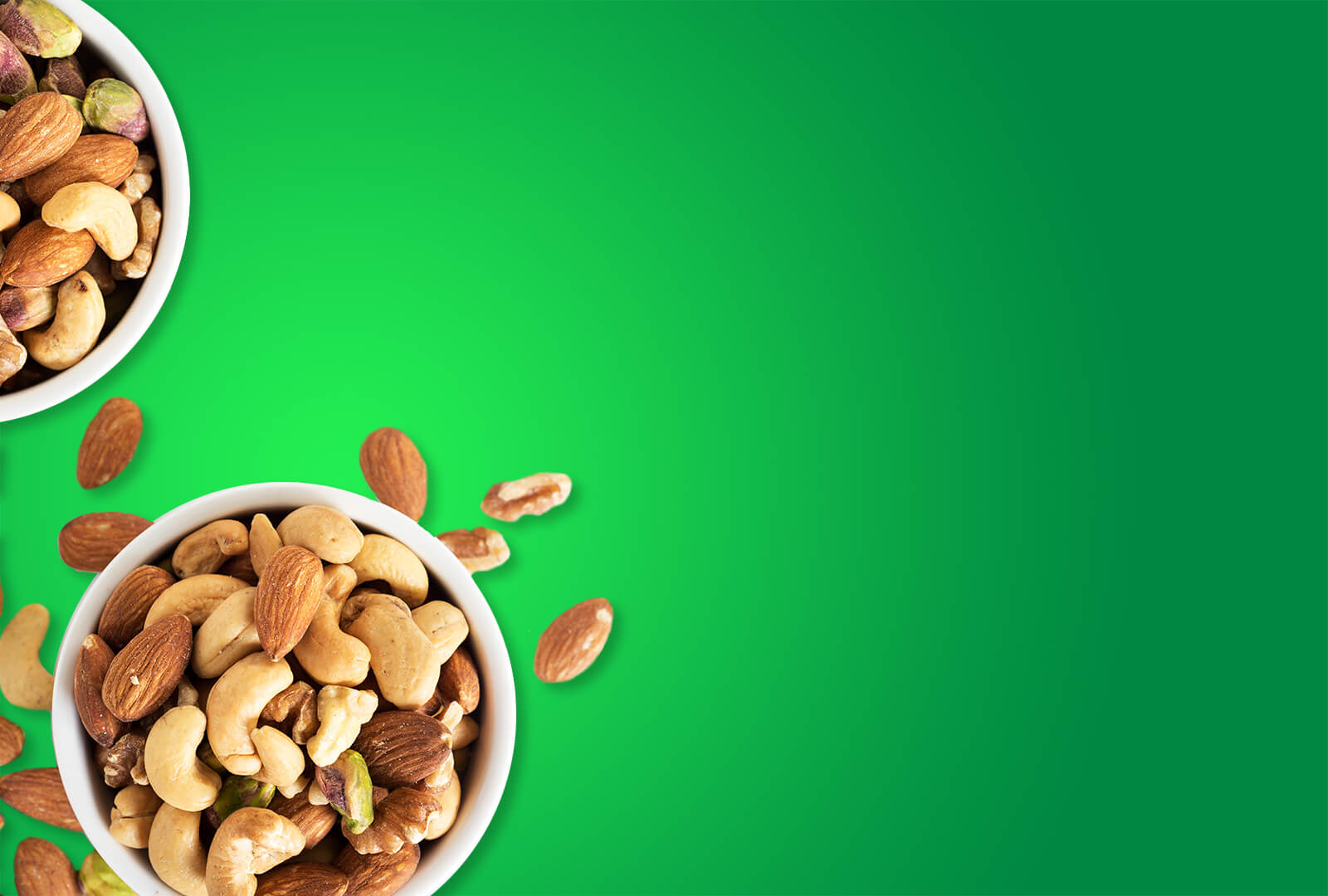Peanut butter has long been a favorite American food. If you were a typical U.S. kid, you ate 1,500 PB&J sandwiches before graduating from high school. That’s a lot of peanut butter! In fact, Americans consume between 700-800 million pounds of peanut butter a year, according to Jen Nolander, director of marketing for the SKIPPY® brand, or about three pounds per person – enough to coat the bottom of the Grand Canyon, according to the Texas Peanut Producers Board.
Spreadable peanut paste dates back to the Aztecs, but the peanut butter we know today was patented in 1895 by Dr. John Harvey Kellogg as a nutritious protein source for patients without teeth. In 1922, chemist Joseph Rosefield figured out how to keep the oil from separating from the peanuts (by adding vegetable shortening), inventing smooth peanut butter. In 1932, he began producing his own product under the name “Skippy.”
The spread of almond butter and other nut butters has been partly fueled by concerns about peanut allergies — many schools have banned peanut butter altogether — as well as interest in new vegetarian sources of protein and healthy fats. Interest in ketogenic and paleo diets have also driven up sales.
The interest in natural products has also helped drive the market for new nut butters. In natural or health food stores, almond butter sales now equal those of peanut butter. “People want a good, clean protein source,” says Penny Andino, vice president of marketing, Justin’s, a company that helped drive the market in nut butters. This extends to natural peanut butter spreads: While sales of conventional peanut butter in a jar are flat, natural peanut butter spreads have grown over the past five years, says Nolander. Natural peanut butter spreads, she says, don’t contain hydrogenated oil as a stabilizer, which is part of the definition of “peanut butter.”
Nut butters are no longer just for PB&J (or AB&J) sandwiches, either. “There are a lot more opportunities than ever for consumers to enjoy nut butters in different types of eating situations,” says Andino. Nut butters appear in snack bars, bites, dessert items, stuffed pretzels and protein bars. New products and formats are also creating growth in the traditional peanut butter market as well. “With Skippy Bites and Peanut Butter Jelly Minis, Skippy has spread across the grocery story,” says Nolander. “We’re constantly trying to figure out how to innovate and satisfy consumers wherever they crave peanut butter.”
Skippy has also created reduced fat options for peanut butters, but they have not attracted as broad interest among consumers. “Everybody says they want reduced fat and they want to take sugar out of their life, but at the end of the day, people aren’t willing to give up the taste of something they know and love and choose to reduce fat in other ways.”
Like nut butters, nut milks have made inroads into the market. In the past five years, nut milk sales overall are up 5 percent, almond milk about 12 percent, coconut milk 8 percent, while cow’s milk has declined 2 percent (accelerating the decrease to 3.5 percent in the past year). Non-dairy milks are now 12 percent of total milk category sales; only soy milk is down 10 percent in sales. The one area of growth in the dairy milk category is whole milk, as fewer people are drinking skim. “That speaks to the trend of healthier fats being accepted into diets again,” says Andino.
At the heart of the nut butter trend is an interest in uncomplicated, healthy protein. “People are looking at ways of finding protein on the go, and nut butters solve that problem,” says Nolander.
“Justin’s stands for being real, being simple and delivering on great taste,” says Andino. “At the end of the day, it’s got to taste good.”



